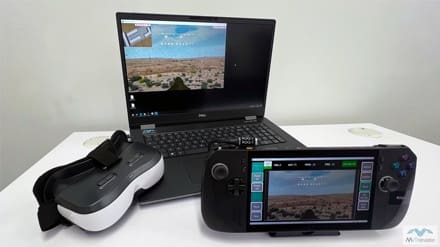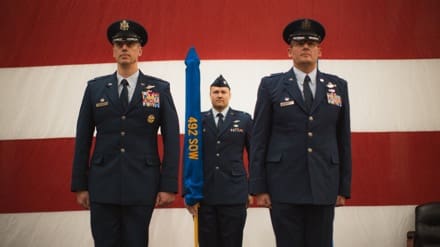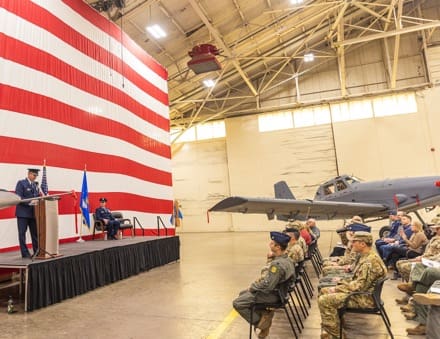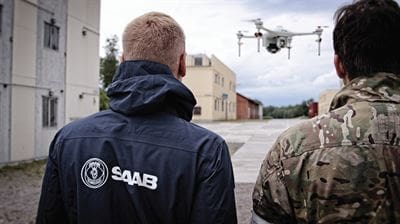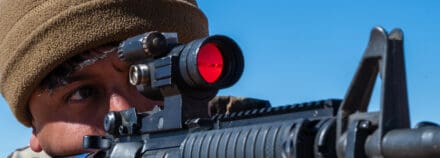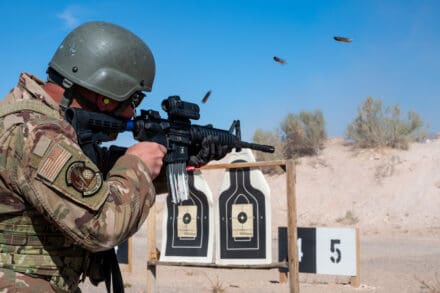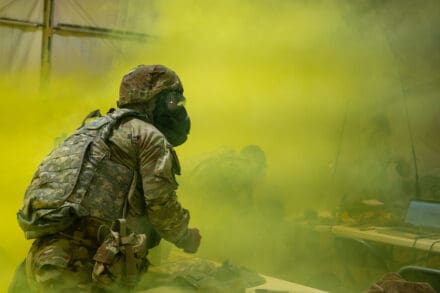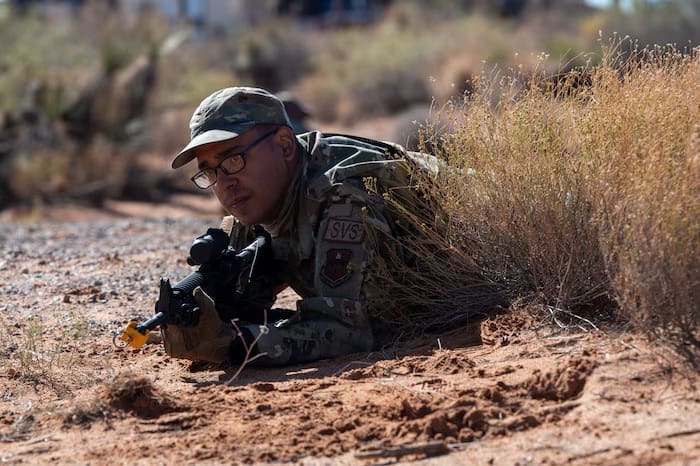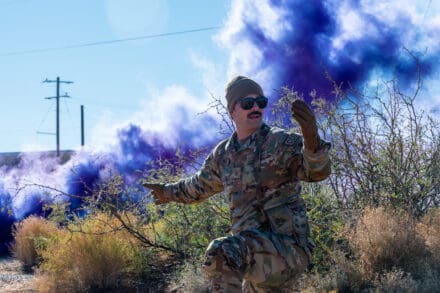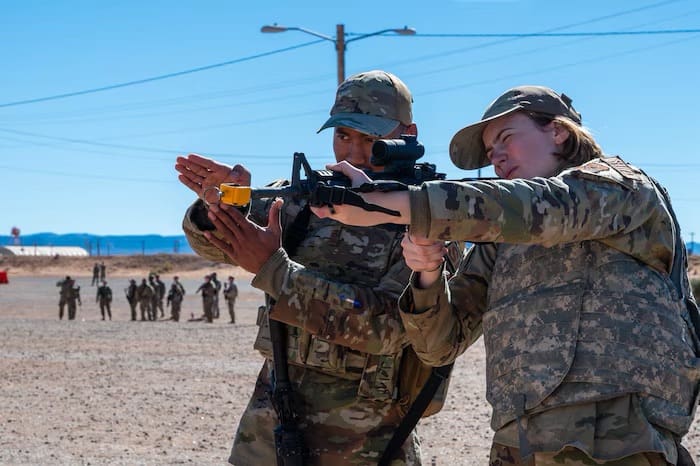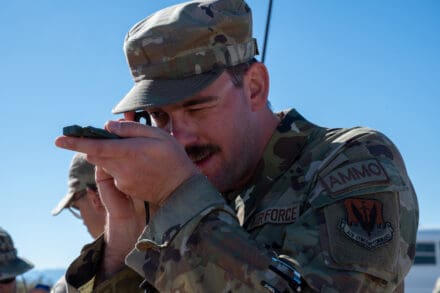I/ITSEC, Florida – 4th December 2024: Elbit Systems UK (ESUK), a defence technology business, has completed the System Acceptance Trials (SAT) for the mobile component of the Joint Fires Synthetic Trainer (Mobile) (JFST(M)). JFST delivers high-fidelity immersive training for troops who direct fires from artillery, combat aircraft, helicopters, or Uncrewed Aerial Vehicles – known as Joint Fires Operators. With the completion of these final trials, ESUK has delivered its sixth and final JFST training platform type to Front-Line Commands.
This milestone means that ESUK has delivered all six capabilities of the JFST platform to the British Armed Forces. ESUK previously delivered five of the six different variants of JSFT systems to bases across the UK including at the Royal School of Artillery, Larkhill, and the Air Ground Operations School at RAF Leeming. The systems fielded include a 285-degree dome for JTAC training, versions to provide mounted and dismounted training as well as the capabilities to provide the training needed for personnel to conduct battle group level exercises. To date, JFST has delivered over 12,000 hours of training to British Armed Forces and NATO allies.
The inaugural deployment of JFST(M) training has been delivered to 3 Commando Brigade Fires Personnel in Scotland. With further training exercises planned, the family of JFST training solutions offers users a fully immersive experience, allowing users to sense, decide and control joint effects without the need for expensive military assets – bearing cost efficiencies for all branches of the Armed Forces and boosting training capacity.
The JFST training system is part of ESUK’s solutions-based approach to working with the British Armed Forces. With a wide selection of training on offer, the business’ innovative approach provides full training solutions without the need to combine live air, land, and sea assets – saving Armed Forces time and money.
The 285-degree dome system has also passed US and NATO accreditation meaning that it can be used by allied nations to provide JTAC and joint fires training to deliver better prepared Armed Forces Personnel.
Martin Fausset, CEO of Elbit Systems UK said:
“JFST is a highly capable and technologically advanced training system which has demonstrated the benefits synthetic training can provide to the British Armed Forces. We will continue to support this training for all branches of the Armed Forces”.


